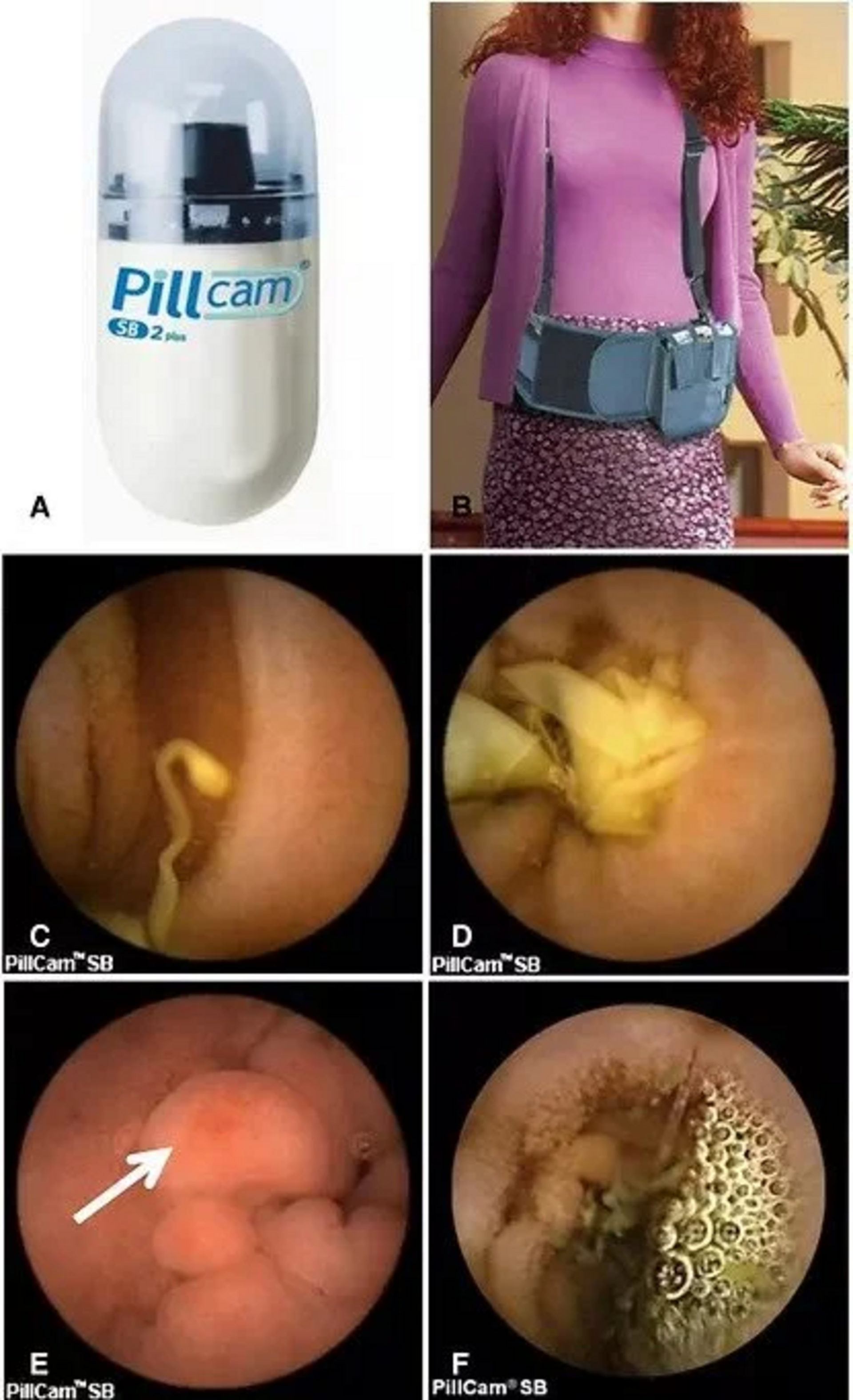What Is Capsule Endoscopy?
Capsule endoscopy is a minimally invasive diagnostic procedure that uses a small, wireless camera encased in a vitamin-sized capsule to capture images of your digestive tract. After swallowing the capsule, the camera travels through your digestive system, capturing thousands of pictures. These images are transmitted to a recorder worn on your waist, allowing your gastroenterologist to examine areas that are otherwise difficult to access through traditional endoscopy, such as the small intestine.
Why Is Capsule Endoscopy Done?
Capsule endoscopy is used for several important diagnostic purposes:
Primary Reasons for Capsule Endoscopy:
- Gastrointestinal Bleeding: To find the cause of unexplained bleeding in the digestive tract.
- Inflammatory Bowel Diseases: Such as Crohn's disease, to assess inflammation in the small intestine.
- Cancer Diagnosis: To help detect cancer in the digestive tract.
Capsule endoscopy offers valuable insights for diagnosing conditions that may not be visible with conventional endoscopy techniques.
How to Prepare for Capsule Endoscopy
To ensure clear and accurate images, it is essential to follow specific preparation instructions:
Preparation Steps:
- Fasting: You will be asked to stop eating and drinking at least 12 hours before the procedure.
- Laxative: In some cases, your doctor may recommend taking a laxative before the procedure to help cleanse your small intestine for optimal image quality.
These preparations help ensure that the camera can capture the best possible images of your digestive tract.
What to Expect During Capsule Endoscopy
Before the Procedure:
- Adhesive Patches: On the day of the procedure, adhesive patches containing antennas will be attached to your abdomen. These patches help capture the images sent by the camera.
- Recorder: You will wear a recorder attached to a belt around your waist, which stores the images transmitted by the capsule.
- Swallowing the Capsule: Once everything is in place, you will swallow the camera capsule with water. The capsule is coated to make swallowing easy and should be virtually undetectable once ingested.
During the Procedure:
The capsule camera will navigate through your digestive tract, transmitting images to the recorder. You can go about your day as usual, but you should avoid strenuous activity that could disrupt the capsule’s path.
After the Capsule Endoscopy Procedure
Once you’ve swallowed the capsule, the procedure continues as follows:
- Post-Swallowing: Wait two hours after swallowing the capsule before you can drink clear liquids. After six hours, you may have a light lunch or snack unless instructed otherwise by your doctor.
- Completion: The procedure concludes after eight hours or when the capsule is naturally expelled during a bowel movement.
- Expulsion: The camera capsule will be expelled by your body within hours or may take several days to pass.
Results of Capsule Endoscopy
The capsule camera captures thousands of color images of your digestive tract. These images are uploaded to a computer and processed into a video, allowing your doctor to review the footage for any abnormalities.
Next Steps After the Procedure:
Once the images are analyzed, your gastroenterologist will provide you with a detailed report of any findings and recommend any necessary follow-up care or treatments. It’s important to consult with a skilled endoscopy doctor to ensure you understand the results and receive the best possible care.
Where Is Capsule Endoscopy Performed?
At RL Gastrocare, capsule endoscopy is performed at empanelled institutes equipped with the necessary technology and expertise to provide accurate and reliable results.
For more information or to schedule a consultation, contact RL Gastrocare Clinic in Swargate, Pune.